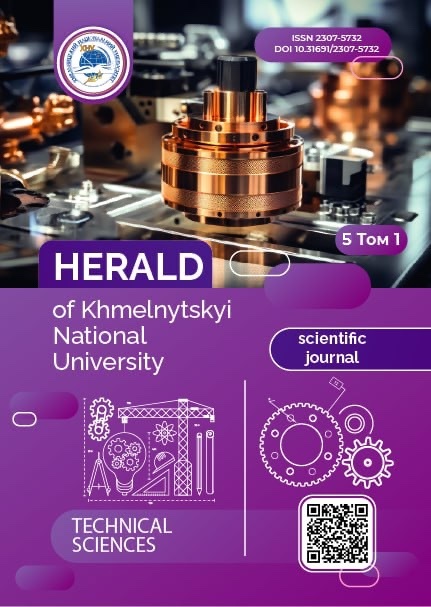STRUCTURIZATION OF DAMAGE SUMMARISATION MODELS UNDER LOCAL PLASTIC DEFORMATION: FROM SCALAR TO TENSOR APPROACHES
DOI:
https://doi.org/10.31891/2307-5732-2025-357-51Keywords:
plastic deformation, limit state, damage accumulation, damage summation theory, stress-strain state, fracture model, limit strain surface, material strengthening, fracture criteria, cold working by pressure, numerical modeling, residual stressesAbstract
This paper presents a systematic study of approaches to modeling the limit state of metallic materials under cold plastic deformation conditions based on the theory of damage summation. The relevance of the problem of premature failure of structural materials caused by the accumulation of damage under intense deformation loads is emphasized. It is established that most existing models are fragmentary in nature and do not provide a holistic view of the mechanisms of limit state formation under unsteady loading. In this regard, the concept of a multilevel model is proposed, which includes three key components: a damage summation model, a surface (curve) of limit deformations, and a model of the deformation trajectory of a macrovolume particle of material. The models are classified by the mathematical type of description (scalar, vector, tensor) and the principle of summation (linear, nonlinear), in particular, scalar models based on the classical Palmgren-Miner approaches are analyzed in detail. It is shown that such models allow to effectively describe the ultimate deformation of materials in a plane stressed state and are convenient for engineering implementation, but have limited sensitivity to the effect of strengthening and complex loading forms. Particular attention is paid to the analysis of the criteria of the ultimate state, including: the models of Cockcroft-Latham, Brozo, Rice-Tracy, McClintock, Clift and others. It is proved that most of them can be interpreted as partial cases of the general theory of damage summation, which opens up the possibility of building a unified model based on a single methodology.
The paper shows the influence of residual elastic deformations, temperature, strain rate and stress-strain state on the process of damage accumulation. The adaptation of dimensionless invariant indices to describe the stress scheme is proposed, which increases the universality and accuracy of the models. Additionally, the feasibility of using simplified mathematical expressions that are easily implemented in engineering calculations and numerical modeling is substantiated, provided that the number of empirical parameters is minimized. This allows reducing the amount of experimental data required for model calibration and increasing their applied effectiveness.
The conclusion is made about the prospects for further development of damage models by unifying them and integrating new physical factors, in particular, strengthening mechanisms and deformation localization. The results of the study can be used to increase the accuracy of estimating the residual resource of materials in critical components of machines and structures, as well as in related interdisciplinary fields - biomechanics, medical materials science and sports physiology. The work is a contribution to the development of theoretical foundations of fracture mechanics and serves as the basis for building modern models of material behavior in difficult operating conditions.
Downloads
Published
Issue
Section
License
Copyright (c) 2025 КОЛІСНИК МИКОЛА (Автор)

This work is licensed under a Creative Commons Attribution 4.0 International License.

